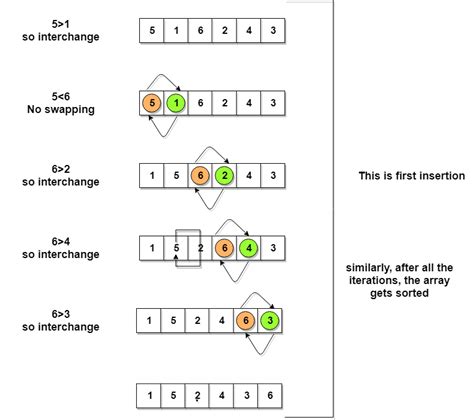Sorting algorithms are a fundamental part of computer science. They are used to organize data in an efficient manner, allowing for faster access and retrieval. There are many different sorting algorithms available, each with its own advantages and disadvantages. Choosing the right algorithm for your application can be a difficult task. In this article, we will discuss some of the most popular sorting algorithms and when they should be used.
The simplest sorting algorithm is the bubble sort. This algorithm works by comparing adjacent elements and swapping them if they are out of order. The process is repeated until all elements are sorted. Bubble sort is simple to implement but has poor performance compared to other algorithms. It is best suited for small datasets or when memory usage is limited.
Another popular sorting algorithm is the insertion sort. This algorithm works by inserting each element into its correct position in the array. Insertion sort is more efficient than bubble sort and is suitable for larger datasets. However, it does not scale well as the dataset size increases.
Quick sort is another commonly used sorting algorithm. This algorithm uses a divide-and-conquer approach to quickly sort large datasets. Quick sort is very fast and scales well with increasing dataset sizes. However, it requires extra space for storing temporary values during the sorting process.
Merge sort is a recursive sorting algorithm that divides the dataset into smaller subarrays and then merges them back together in sorted order. Merge sort is highly efficient and can handle large datasets. However, it requires additional memory for storing the subarrays.
Heap sort is a comparison-based sorting algorithm that builds a heap from the input data and then sorts it. Heap sort is very efficient and can handle large datasets. However, it requires additional memory for storing the heap.
Finally, radix sort is a non-comparison based sorting algorithm that sorts data using the digits of each element. Radix sort is very efficient and can handle large datasets. However, it requires additional memory for storing the buckets used in the sorting process.
When choosing a sorting algorithm, you must consider the size of the dataset, the amount of memory available, and the speed requirements of the application. For small datasets, bubble sort may be sufficient. For larger datasets, quick sort or merge sort may be better choices. If memory usage is a concern, insertion sort or heap sort may be preferable. Finally, if speed is critical, radix sort may be the best choice.
No matter which sorting algorithm you choose, it is important to understand how it works and what its limitations are. By doing so, you can ensure that you select the best algorithm for your application.
